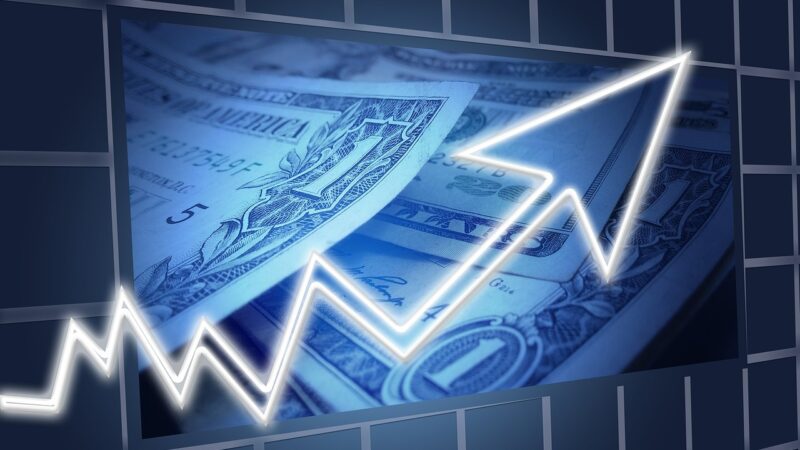When the October CPI came out, the mainstream spin was that inflation had peaked. But they might have gotten a little ahead of themselves. The Producer Price Index (PPI) data for November indicates that we may well see more consumer price inflation down the road.
This article was originally published by Schiff Gold.
PPI was up 0.3% month-on-month in November, according to the latest data from the Bureau of Labor Statistics. The expectation was for a 0.2% gain.
On an annual basis, wholesale prices rose by 7.4%. This was the smallest annual increase in PPI since May 2021, but it still indicates significant price pressures at the wholesale level. Furthermore, the drop in annual PPI is partly a function of math. We have big month-on-month increases from 2021 rolling out of the annual average. That pushes the yearly increase lower.
Core PPI, excluding more volatile food and energy prices, was up 0.4% on the month. That was also above the consensus expectation of a 0.2% gain. On an annual basis, core PPI was up 6.6%.
A big jump in wholesale service prices pushed the overall PPI higher. Final demand services jumped by 0.4%. Services price inflation was just 0.1% in October. One-third of that gain was in the financial services sector where prices skyrocketed by 11.3%.
Final demand for goods inched up by 0.1%. While the gasoline index plunged by 6%, food prices rose a whopping 38.1%.
While you can look at the data and argue that the trend is in the right direction, it also indicates that there is still a lot of price pressure in the pipeline. As CNBC pointed out, “This was the third month in a row that headline PPI increased 0.3%. On an annual basis, the increase represents a decline from the 11.7% peak hit in March, but is still well ahead of the pre-pandemic pace at least going back to 2010.”
The PPI will be overshadowed by the Consumer Price Index data coming out Tuesday (Dec. 13), but it’s important to remember that producer prices are generally considered a leading indicator of future hikes in consumer prices since consumer prices typically lag behind producer prices. As Peter Schiff put it in a podcast, “Before businesses can pass on their higher costs, to their customers, they have to experience those higher costs themselves.”
In other words, a spike in producer prices may spill over into CPI down the road, meaning consumers could see more price hikes in the months ahead as businesses pass on at least some of their costs to customers.
That means the Fed isn’t going to have any excuse to pivot from tightening monetary policy. Most analysts expect a 50-basis point interest rate hike at the December meeting. This will put even more pressure on a debt-ridden economy that depends on cheap, easy money to function. As Peter Schiff put it, this is a massive fiscal time bomb.
The central bankers at the Fed continue to insist they will forge ahead in with the inflation fight as long as they need to in order to get CPI back to the 2% target. The PPI data signals that they still have a long way to go. In fact, the Fed is holding a losing hand. Each month of rising prices brings us closer to the moment the Fed’s bluff gets called.





